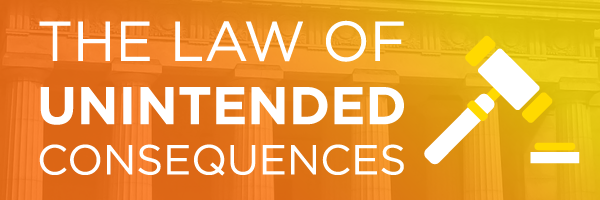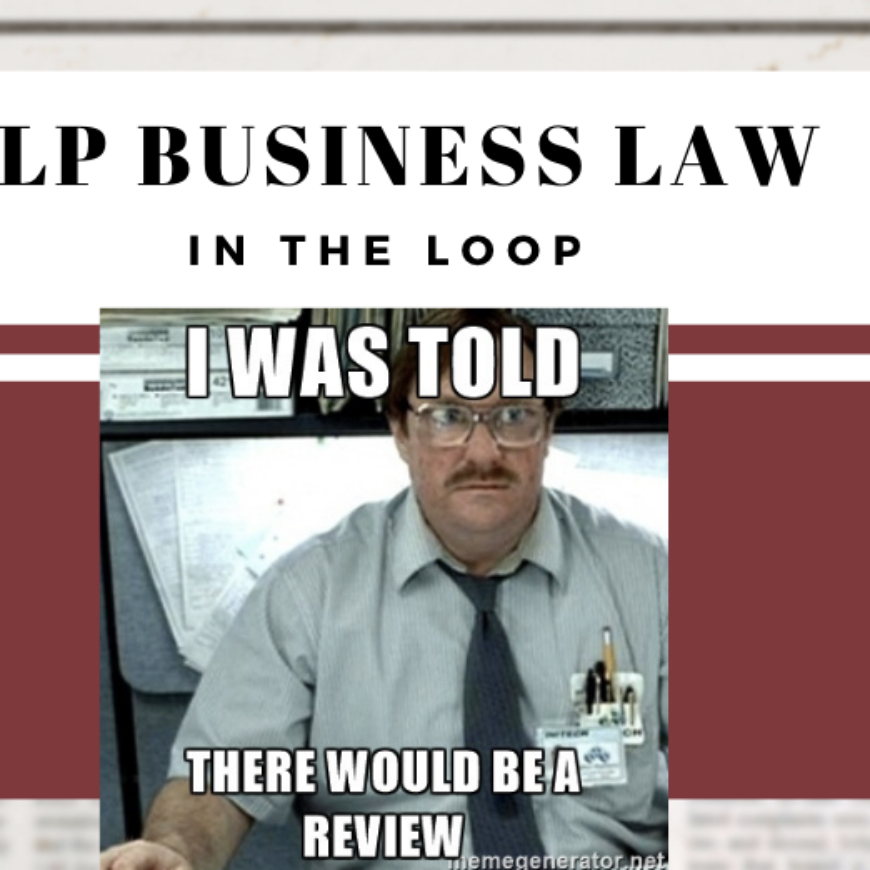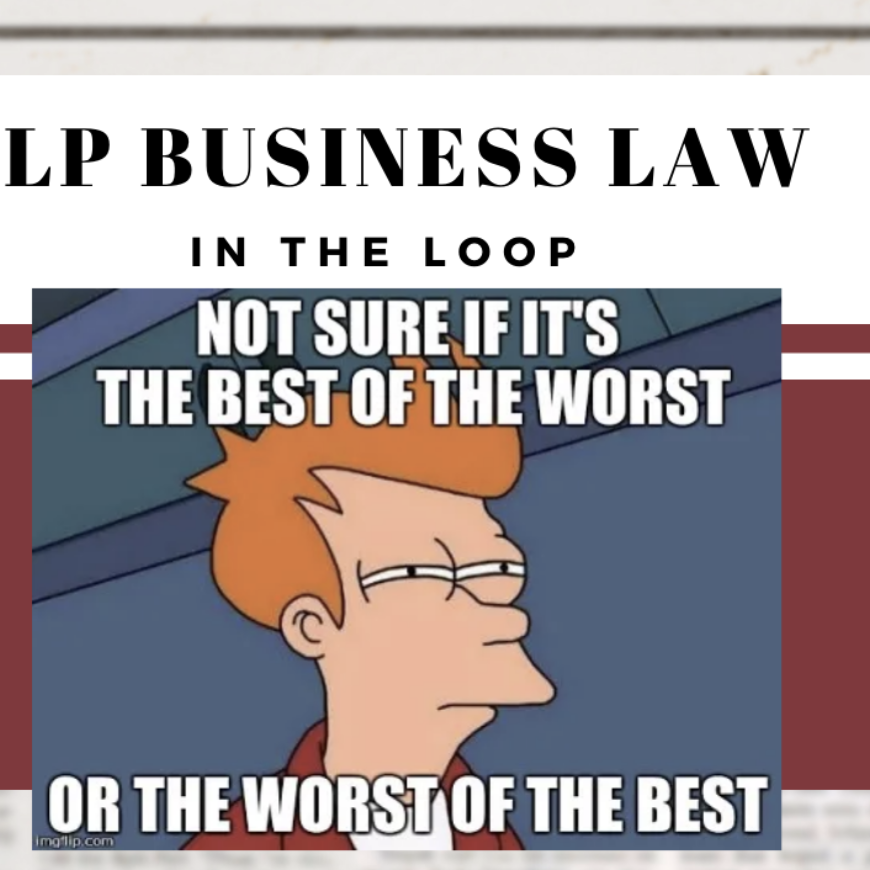Ben Kinney, JD
In recent years there has been a growing movement to drop the legal jargon filling all types of contracts. In 2012, the photo sharing website 500px created a buzz in the legal community when it interpreted it’s own Terms of Service in a side-by-side column called “Basically…” In this interpreted column, 500px provided users with a concise, easily understand summary.

The trend might be necessary. One study of the terms of service on popular US websites, found that the majority are incomprehensible to most people, requiring around 14 years of education in order to understand the terms. Even Courts have been reluctant to enforce terms of service describing them as “lengthy, opaque, subject to change and seldom read.” (United States v. Nosal, 676 F.3d 854, 860 (9th Cir. 2012)).
But “plain language” contracts won’t solve every problem. There remains the law of unintended consequences (discussed in the last edition of In the Loop). Unintended consequences live in every aspect of life and the law is no different. In the field of Economics unintended consequences are called “externalities.” In the field of Medicine – “side effects.” Economists are trained to spot the externalities and take them into account. In medicine, doctors are trained to manage side effects and conduct treatment accordingly. It’s the same for lawyers, who are trained and have experience allowing them to identify the unforeseen before they happen (and to avoid them).
The attorneys at Stilp Business Law, P.C. have decades of experience identifying, avoiding, and managing the unintended consequences of well intentioned business disputes.
image cred: https://www.sourcingalliance.org/the-law-of-unintended-consequences/



